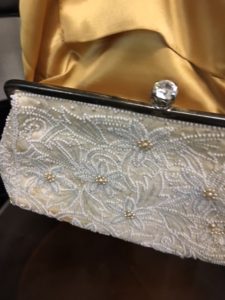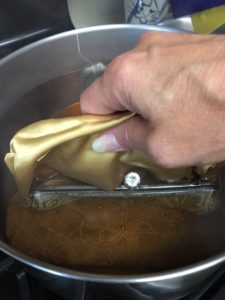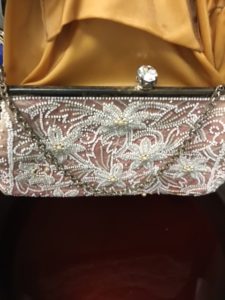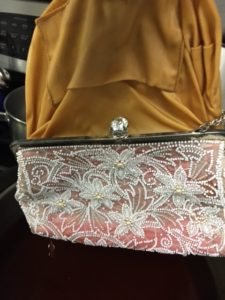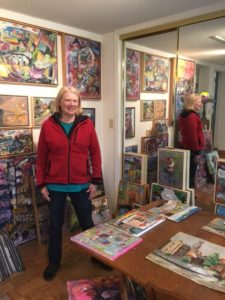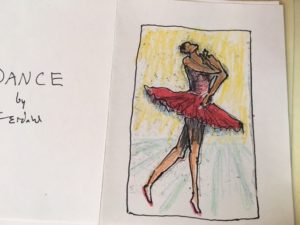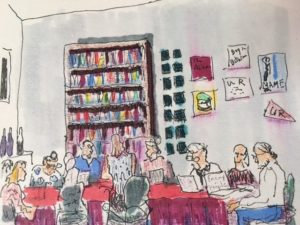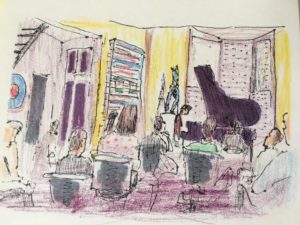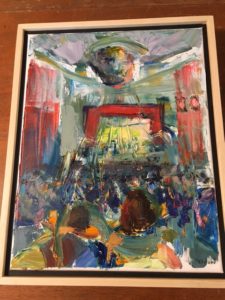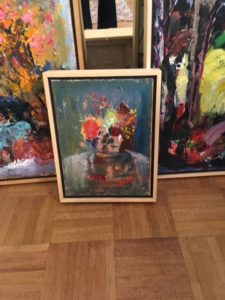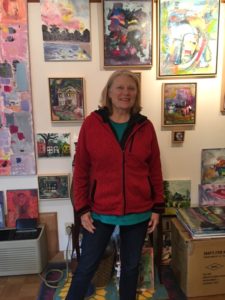What does it take to start a museum? What is the impetus? What do you want to say or explore? Is there a topic upon which you want to expound, examining its’ multitudinous dimensions? Are there stories that highlight a specific theme that you want to tell? Do you want to preserve specific memories? These are the driving forces behind establishing a collection/museum.
In the first of this several-part-series that focuses on creating displays that cause conversation, I’m going to cite the Museum of Everyday Life in Glover, Vermont. Charmingly situated on the edge of the road, on the shores of a small pond (where, one of my compatriots, told me, a large set of plastic shark’s teeth used to jut out of the water, evoking JAWS!), this old barn beckons you to ENTER!

According to the Museum’s website, the Museum
“…is an ongoing revolutionary museum experiment based in Glover, Vermont. Its mission is a heroic, slow-motion cataloguing of the quotidian–a detailed, theatrical expression of gratitude and love for the minuscule and unglamorous experience of daily life in all its forms. We celebrate mundanity, and the mysterious delight embedded in the banal but beloved objects we touch everyday.”
And, true to their mission, the Philosophers who staff, curate and direct this most un-stuffy and unusual exhibition have collected quotidiana that defies definition. In fact, as their First Manifesto states:
“The Museum of Everyday Life is proud to launch its mission of glorious obscurity.”
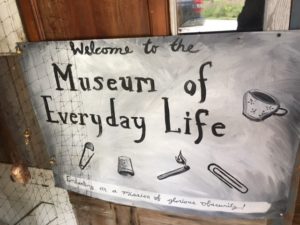
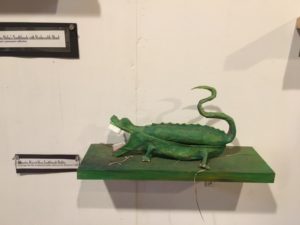
While, mostly, the objects on display underscore our desire to grace the very ordinary with a little bit of life, the staff is also interested in discussing why we need these items. For instance, toothbrushes are one category of household necessities is well-represented. The Philosophers ascribe the need for the humble toothbrush to our interest in foods, particularly sugary ones, vis-a-vis our equally strong interest in preventing tooth decay. One of the most eye-catching dental devices on display is a “His and Her Toothbrush,” an alligator who comes apart. The chopper cleaner that was crafted by Katherine Nook is brightly colored and sure does bring a smile. It makes you wonder why she didn’t make more of them!
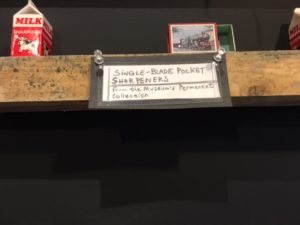

A history and homage to The Match is another amazing exhibition. A matchstick rollercoaster, working instruments made of matches, the story of Prometheus and a giant match are some of the objects that kindle the imagination with their luminescent wit!

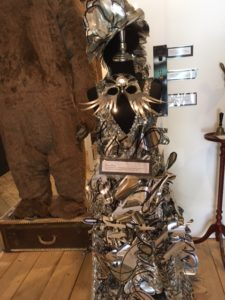
Significant collections of safety pins, keys and locks explore humanity’s needs to hold things together and keep them locked up. Clare Dolan, Chief Operating Philosopher, together with her Co-Philosophers, have amassed amazing arrays of these pins, locks and keys and explore their uses with depth and wit.
When it comes down to it, the Museum of Everyday Life provokes discussion about how we live by taking a gander at some of the material culture that comprise our day to day existence. I like what Clare Dolan said in a Vermont Public Radio interview, and I’m paraphrasing here, that she hopes this will inspire others to start their own museums featuring their own stories!
For an online tour of the Museum, and, lot of interesting information about its’ history, programs and current exhibitions check out their website http://museumofeverydaylife.org/.
They also have a cool Facebook page. And, speaking of similar concepts, check out the Museum of Everyday Life in Iceland: Hversdagssafn – museum of everyday life.
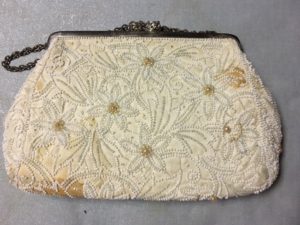
 and, bring it to a boil…..
and, bring it to a boil….. 
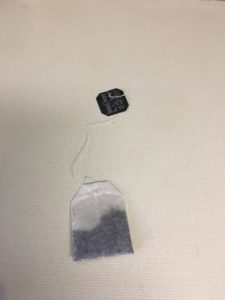

 Let it steep.
Let it steep.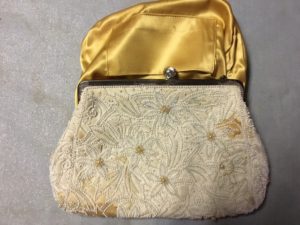 Pull lining out of the purse.
Pull lining out of the purse.